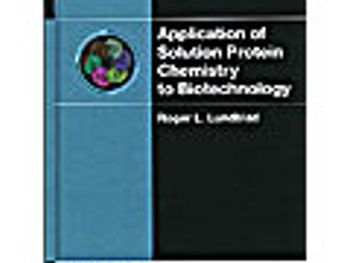
A recent book reminds readers that small-molecule chemistry has enabled advances in biotechnology.

A recent book reminds readers that small-molecule chemistry has enabled advances in biotechnology.
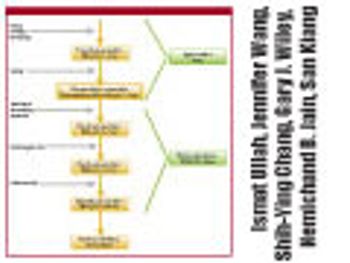
The authors explain a process for moisture-activated dry granulation in detail and provide guidance for the selection of excipients and equipment.

FDA's Edwin Rivera-Martinez on dodging supply-chain challenges.
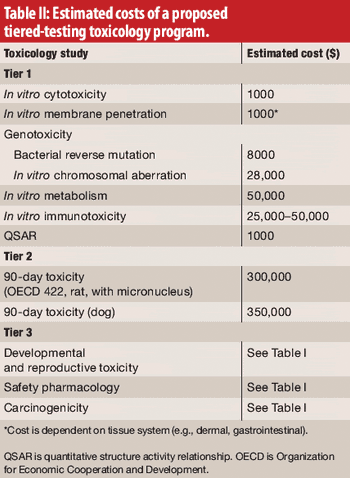
The authors, representing the International Pharmaceutical Excipients Council, propose a new evaluation procedure, including tiered toxicology testing for excipients.

The author describes how Merrion Pharmaceuticals reformulates parenteral drugs into tablets and capsules that are easier for patients to take and provide better bioavailability.

The author details the factors in formulation design, requirements in facilites and equipment, and validation criteria for aseptic formualtions.

A Conversation with Otonomy

Chronotherapeutic drug delivery systems (CRDDS) have been recognized as potentially beneficial to the chronotherapy (timeoptimized therapy) of widespread chronic diseases that display time-dependent symptoms.
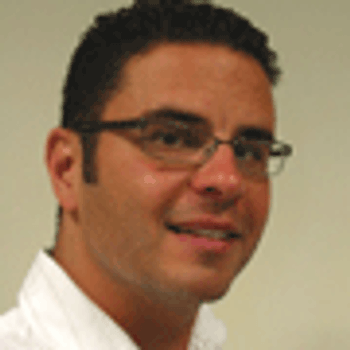
Mark Copley discusses the methods used for DPI testing and the challenges presented by the current regulatory framework.

An inhaler mouthpiece that optimizes drug delivery to the lungs and reduces the amount of wasted medication has been developed by US researchers.

Also, Astellas and Medivation sign development pact; WuXi PharmaTech appoints VP of business development, more...

The global API market has expanded from $69 billion in 2004 to more than $90 billion in 2008, according to a report from the Italian Chemical Pharmaceutical Association (CPA); in particular, the report noted a rapid growth rate for generic APIs.

Company and People Notes: SurModics forms agreement with Roche and Genentech; Hospira names Daphne Jones senior VP and chief information officer; more...

The European Fine Chemicals Group (EFCG) gave an update of some of its activities at a press conference held at CPhI Worldwide (Spain) last week, and revealed some disturbing facts regarding counterfeit APIs, which the group is particularly concerned about.

The manufacturing process, which influences a drug's safety and efficacy, is particularly critical for drugs administered through injection, and personnel must closely supervise lyophilization to ensure product quality.

ISP Pharmaceuticals is embarking on a Drug Solubility Initiative to support pharma companies working with poorly soluble drug actives.

Company and People Notes: Bayer Schering Pharma forms collaboration with Compugen; Takeda San Francisco appoints VP of process science; more...

Reading PharmTech's October article on Critical Challenges to Implementing QbD gave me the impression that we might have the road map to Moksha or Nirvana. Unfortunately that was not meant to be.

The US Food and Drug Administration issued an alert to healthcare professionals of a change in heparin manufacturing that is expected to decrease the drug's potency.

Company and People Notes: GSK forms joint venture with China-based Jiangsu Walvax Biotech; Sigma-Aldrich appoints VP and board member; more...

AAPS President offers hope and solutions for the industry's challenging future.
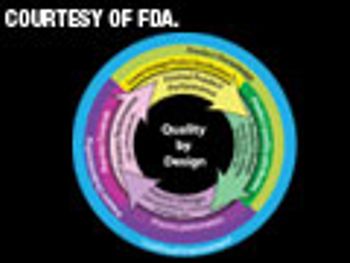
The authors relay the outcome of a two-day workshop that brought together regulators and generic-drug industry representatives.

The nation's healtcare system needs an overhaul, but it has to be done right.

Like life, the workplace also can have many surprises.

New nanotechnology-based delivery systems offer promise in drug delivery, particularly for anticancer therapeutics.